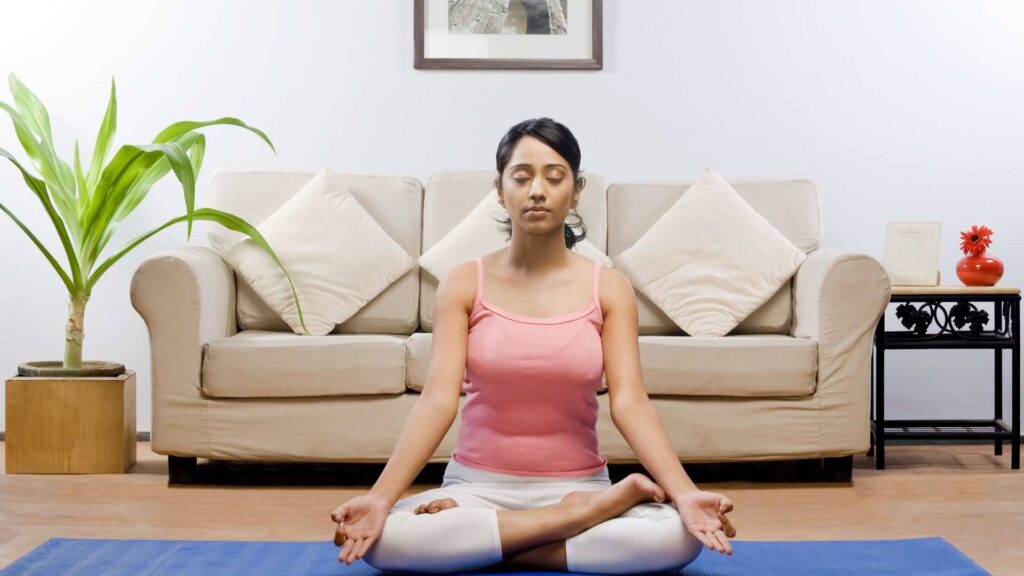So, Is it a good idea to teach meditation from home?
This is a question frequently asked by our students.
We understand why people want to consider teaching meditation from home. After all, finding a suitable and affordable space to teach meditation classes can be hard. Especially when you are starting out and only beginning to get yourself out there as a meditation teacher.
Many of our meditation coaches and our graduates teach from home. It is certainly worth thinking about as a viable option. Basing yourself at home is a much more cost effective and gives you plenty of flexibility, which can be very useful in the early stages of teaching classes!
However, teaching meditation classes at home, still comes with it’s share of challenges.
Here are some practical questions to ask yourself before deciding if at home classes are right for you and your students:
Is your home private to teach meditation from home?
Privacy is very important, so if you are considering running classes from home make sure that the space or room you use is free from disturbances and unnecessary noise. So if you share your home with kids, partners, roommates or pets, this might mean scheduling your classes when no one else is home or talking with those you live with about ways to overcome this. You might even like to put a sign on the front door letting people know a meditation is in progress, so people don’t come knocking during this time too!
Is the space the right size?
Make sure the space is an appropriate size. This means thinking about whether the room is big enough for the number of students also how you will set up the class. Will there be enough space if you sit in a circle, or do you need to sit in rows. Don’t forget, some people may wish to lie down or have room to stretch their legs and they won’t want to bother the person next to them.
Is the atmosphere of your space fit for a meditation class?
Having a room that creates the right atmosphere is important. This means ensuring the space is free from clutter, toys, too may personal items and electronic devices such as a TV. Plus, you will also want to make sure the room you use is clean, tidy and the room temperature isn’t too cold. Some ways you can make the room fit for meditation is to use aromatherapy, candles and avoid harsh lighting.
Do you have enough chairs, cushions, blankets or mats?
It is nice to provide these items for your students but students are often happy to bring their own cushions and blankets. Providing chairs is something worth considering as sitting on the floor is not suitable for everyone.
What boundaries do you need to put in place to teach meditation from home?
Having people in your home can be a very generous and warm experience. However, some students may wish to outstay their welcome after the class. Having personal boundaries about how long people can stay for and strategies to assist students in leaving is something to plan for. It is also important to ensure that you feel safe in your home. This might mean limiting classes to include people you are comfortable with or asking a friend to come to the classes and stay until everyone leaves. In any case it is advisable to have another adult in the house (or in the group) who is accessible should you need them.
Do you have any other practical hints or suggestions when it comes to teaching meditation from home? Please share your comments!





